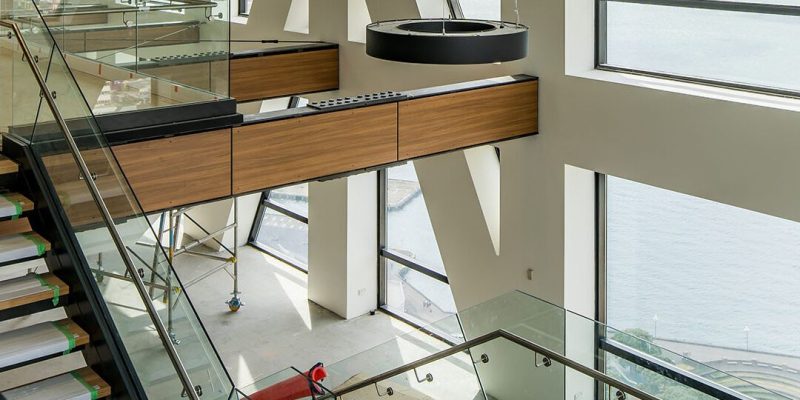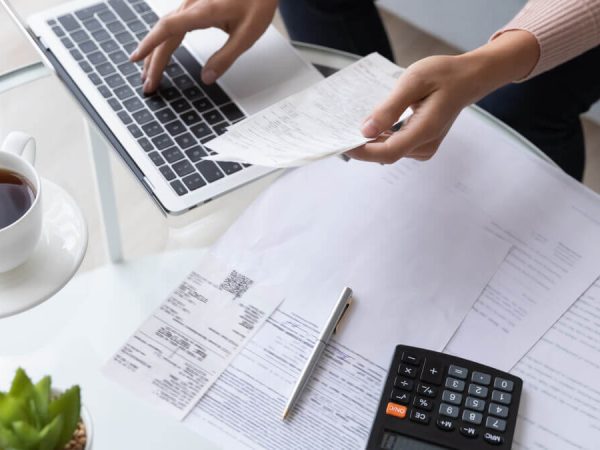What Does “Leasable” Mean in Real Estate? A Complete Guide to Leasable Space

In the real estate world, the term “leasable” refers to any property or space that can be rented or leased to a tenant. This can include everything from commercial office buildings and retail storefronts to residential apartments and industrial warehouses.
Whether you’re a property owner, investor, or business looking for space, understanding what qualifies as leasable and how it’s measured is crucial for valuation, negotiation, and return on investment (ROI).
What Is Leasable Space?
Leasable space (also known as net rentable area or rentable square footage) refers to the area within a property that a tenant can lease, often measured in square feet or meters.
Key Characteristics:
- Includes usable interior space, plus a portion of common areas (lobbies, hallways)
- Excludes structural elements, mechanical rooms, or owner-only areas
- Used as the basis for calculating rental rates in commercial leases
Keywords: leasable space meaning, net rentable area, what does leasable mean in real estate
Types of Leasable Properties
Commercial Leasable Properties
- Office buildings (Class A, B, C)
- Retail spaces (malls, shopping centers, street shops)
- Industrial warehouses or distribution centers
- Co-working spaces
Residential Leasable Properties
- Apartments or condos for rent
- Single-family homes
- Multi-family residential buildings
- Short-term vacation rentals
Mixed-Use Properties
- Combine commercial and residential units
- Leasable units may include ground-floor retail and upper-floor apartments
How Is Leasable Area Measured?
Leasable space is typically measured using one of the following industry standards:
- BOMA (Building Owners and Managers Association) standards for commercial spaces
- Gross leasable area (GLA) for retail properties
- Net usable area (NUA) for actual tenant-occupied space
Gross vs. Net Leasable Space:
| Term | Includes? | Used for… |
| Gross Leasable Area (GLA) | Total space including shared/common areas | Retail & mall leases |
| Net Leasable Area (NLA) | Tenant’s exclusive space | Office and industrial leases |
Pro Tip: Always clarify the type of measurement used before signing a lease agreement.
Why Leasable Space Matters in Real Estate
Affects Rental Income
More leasable space = greater earning potential for landlords.
Determines Rent per Square Foot
Rental rates are calculated based on total leasable area.
Impacts Property Valuation
The total leasable space helps assess a building’s market value and cap rate.
Influences Design & Layout
Architects and developers plan around maximizing leasable area for profitability.
Keywords: gross leasable area real estate, how to calculate leasable square footage, leasable vs usable area
Examples of Leasable Use Cases
- A landlord leasing out 5,000 square feet of office space in a shared building
- A mall owner renting out individual retail units to different brands
- A property investor calculating ROI based on leased vs. total leasable area
- A startup renting 200 square feet in a coworking space
Maximizing Leasable Space: Tips for Owners
- Design floor plans with minimal unusable space
- Offer flexible layouts to suit multiple tenant types
- Use common areas efficiently to maximize rentable square footage
- Keep vacancy rates low with competitive pricing and modern amenities
Conclusion
Whether you’re a property owner, developer, or tenant, understanding what “leasable” means is essential for making smart, profitable decisions. From accurate rent calculations to increasing property value, leasable space plays a major role in the economics of real estate.
As markets become more competitive, maximizing your leasable area—and understanding how it works—is key to success in real estate.
FAQs
1. What does “leasable” mean?
Leasable refers to any property or space that is available for rent or lease to a tenant, typically in residential or commercial real estate.
2. Is leasable space the same as usable space?
Not always. Leasable space includes a tenant’s personal area plus a portion of common areas, while usable space is the area exclusively used by the tenant.
3. How is the leasable area calculated in a building?
Usually based on standard measurement systems like BOMA or using gross and net rentable square footage formulas.
4. Why is leasable space important to landlords?
It directly impacts rental income, property value, and design efficiency, making it crucial for maximizing revenue.
5. Can I lease a portion of a commercial space?
Yes. Many landlords offer subdivided leasable units or shared office space for flexibility.
Also read: Cool Business Apps for iPhone: Top Tools to Boost Productivity in 2024











